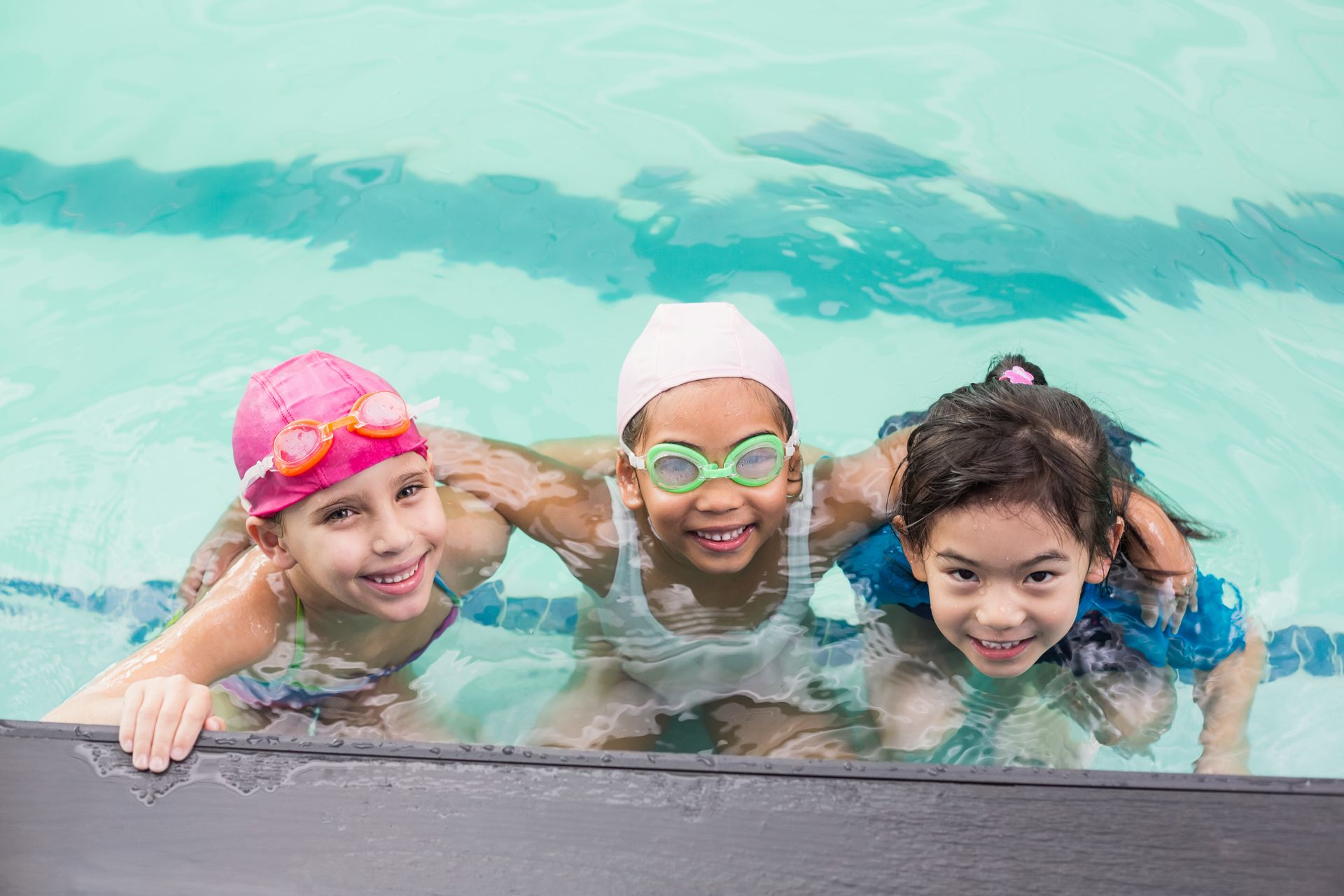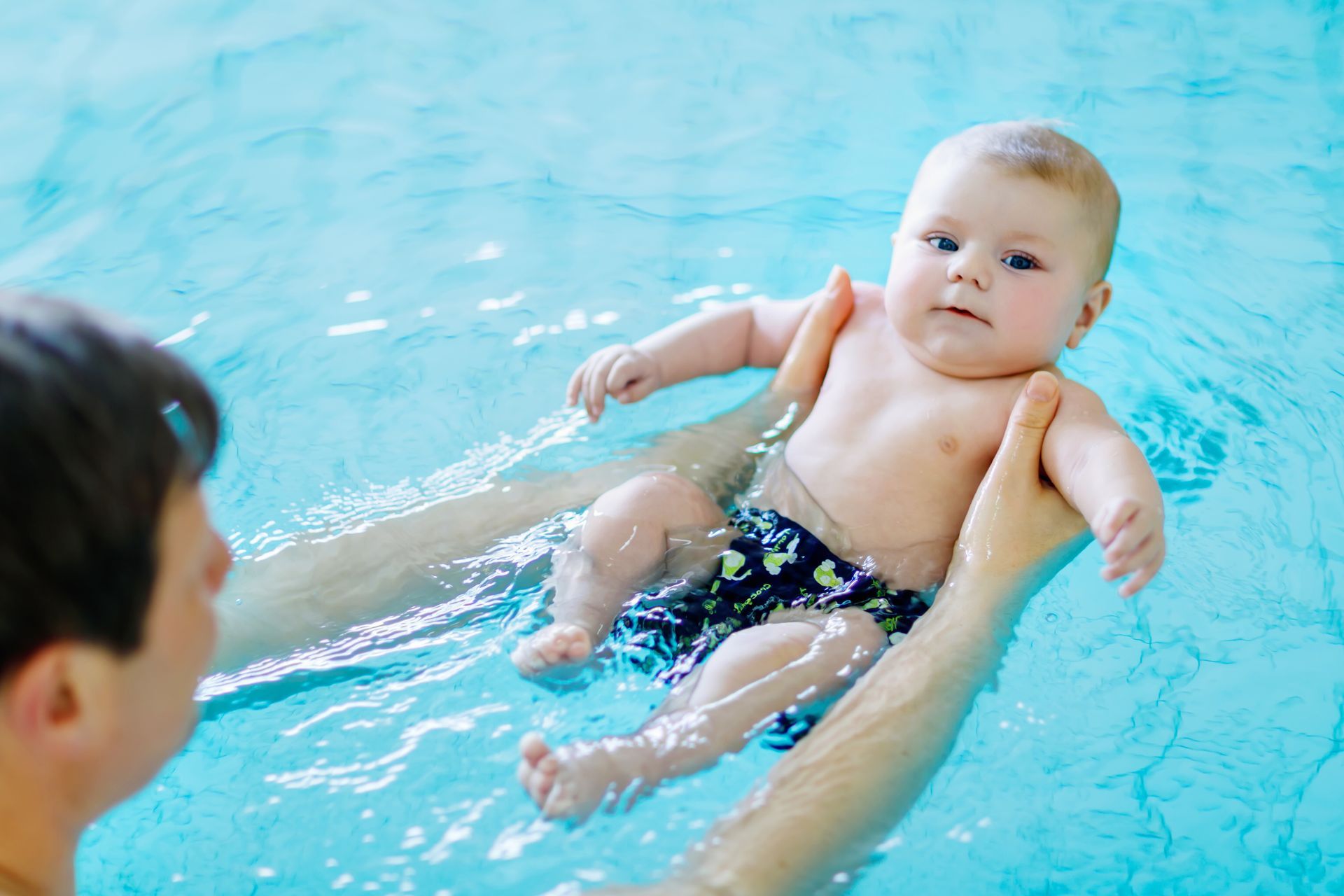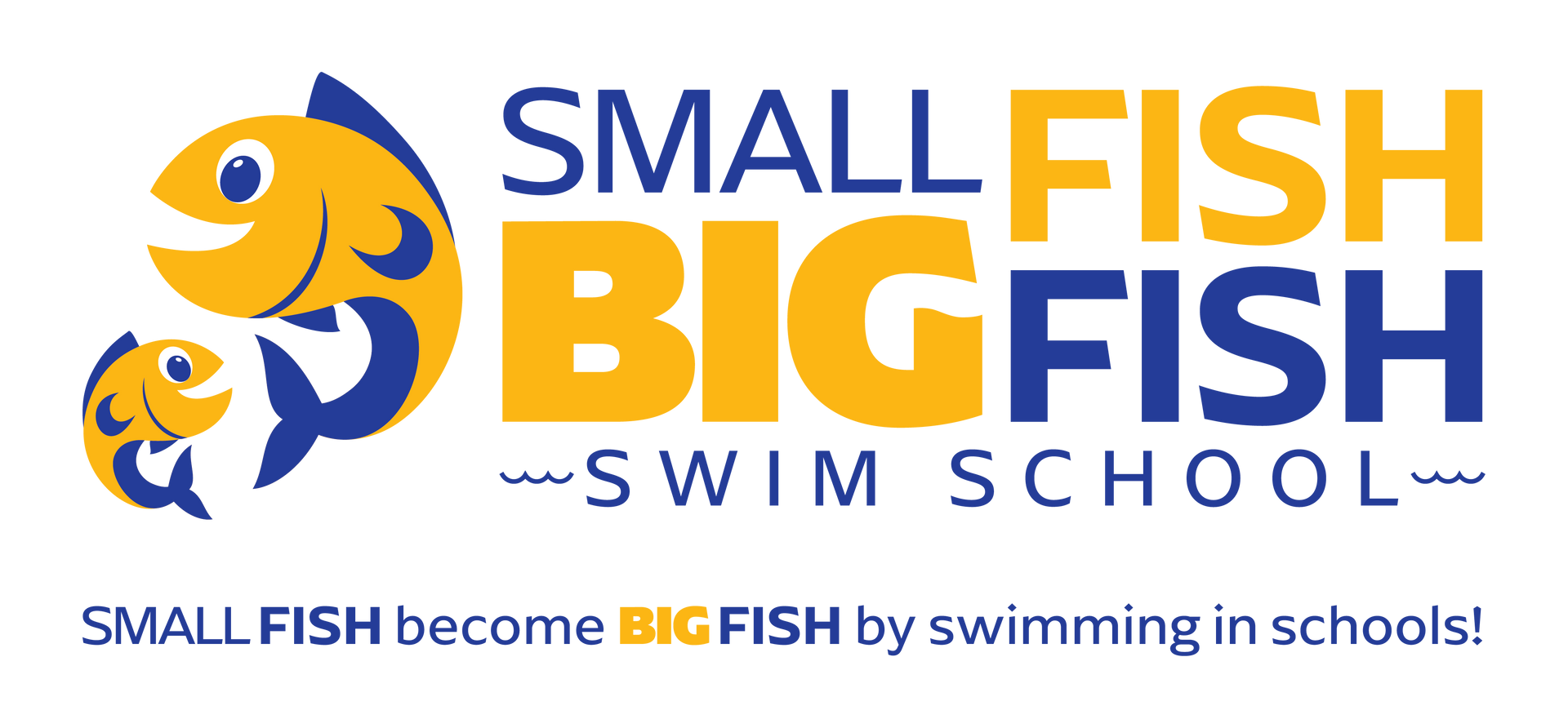What Can I do to help my child swim better
Jul 27, 2023
Dive in with Dive Rings!

One of the most common questions I get asked by parents is, “How can I help my child build their swimming skills at home and progress faster in between swim lessons?”
While we always welcome and encourage parents to boost their little fish’s swim savvy with our Fast Start Package, there are terrific ways to engage your child’s inner fish at home with some fun games and toys. My personal favorite tool to use at home (and most effective, in my opinion) are dive rings.
They have so many wonderful benefits including sharpening spatial awareness and hand eye coordination. They are also great tools to increase their lung capacity and practice proper underwater breathing techniques. Plus, it’s a super fun game to them! They love to play and the freedom throw the rings back in the water and dive in after them. (With proper supervision, of course!)
Most importantly, dive rings are by far the best tool I’ve found that builds water confidence by getting kids to know that they can go under the water and get up again safely. This removes a huge learning block when it comes to swimming.
In fact, we practice diving games here at Small Fish Big Fish for that very reason. Reinforcing water safety skills, and developing a love of the water early – all while advancing their physical, social and intellectual development before they potentially develop a fear of the water, will give them the chance to build swimming skills quickly.
For the child that isn’t quite comfortable, dive rings are a good tool to slowly get children into the pool by strategically placing the rings in the water and allowing the child to retrieve, then going further and further back at their pace. Start in the shallow end and just get them to grab a ring from under the water. In your first few sessions it may only be deep enough for them to bend over and pick up, but try to get it just deep enough that they have to put their head just under the water. This will teach them to hold their breath correctly. Gradually move deeper. Not too deep at first – they still need to be able to stand up – but this time get them to dive down. Teach them how to dive under the water. When they start to swim you can go a bit deeper with diving games, but this will often come much later. (Don’t push it as it may erode their confidence). Just remember to have fun!
This month ONLY at our Splash Boutique, buy one package of dive rings and get the second 50% OFF! Your kids will love the different colors, sizes, shapes and buoyancies. They are very easy for little eyes to spot and little hands to grab underwater, and they come in some cute designs and packages too!
As always, thank you all for your support, and I hope to see you and your children at Small Fish Big Fish soon!
Swimmingly,
Melissa Taylor

12 Sep, 2023
Swimming Injuries and Treatments for Them The water is a great place to work out. Exercise keeps the body healthy, but while exercising injuries do occur, here are four common swimming injuries and how to treat them: Swimmer’s shoulder – This occurs after repeated energetic sessions as the tendons are being pressed against the bone and eventually get sore. This stretches down to the rotator cuff tendons. If it is ignored, it will result in tears. Treatments include: Resting for long periods after exercising. Icing to reduce inflammation. Warming up before sessions and stretching as a weekly treatment. Lower back pain – The butterfly and breaststroke lower back pain occurs because of vigorous body jerking with the wrong swimming technique. This lower back pain can transform into a stress fracture in the vertebrae. This injury is also commonly found in weightlifters. Treatments include: Avoiding sitting positions because they apply pressure. Gentle stretching to relieve strain in the spine. For acute pain caused by a stress fracture speak with a medical professional. Bicep Tendonitis – This comes with swimmers’ shoulder and is caused by long periods of overexertion. Taking long rest periods can prevent this injury. The symptoms include pain in the shoulder that gets worse when lifting the arm, a shooting pain moving down the upper arm, at times there is a noticeable bulge in the tendon, a warm feeling moving from the point of the pain, as well as a snapping sound coming from the shoulder. Treatments include: Icing the pain to remove swelling. Gently stretching the scapula, posterior capsule, and rotator cuff areas. Taking anti-inflammatory medication provided by a doctor. Swimmers Knee – This is known as a strain in the Medial Collateral Ligament (MCL). It mostly occurs by extreme use of the breaststroke technique, which puts repeated strain on the knee. Symptoms of this injury include swelling, muscle spasms, decreased strength and movement, as well as pain in the quads or the knee. There may be a rough feeling when moving the knee. Treatments include: Gentle stretches to bring back movement. Taping the knee. Icing to reduce swelling. Exercising is the key to keep the body functioning, but doing too much or doing the technique the wrong way can lead to injuries like these. It is important to know how to treat them to get the body back in shape and keep it healthy.

Our kiddos progress thru our child centered curriculum while learning survival skills and having fun
By Melissa Taylor
•
27 Jul, 2023
Our kiddo’s progress thru our child centered curriculum while learning survival skills and having fun. Children retain what they learn when they become passionate and enjoy themselves and with repetition. At Small Fish Big Fish Swim School “Small fish become BIG fish by swimming in schools”.

By Melissa Taylor
•
27 Jul, 2023
Splashing water is one of the most enjoyable things for babies to do, whether it is taking a bath or in the pool. But do you know when your baby should start learning how to swim? Children should start learning how to swim as early as possible. Some babies start swimming even at the age of two months. So, if you want your baby to learn how to swim at an early age then here are some tips to prepare them. Make bathing an enjoyable event Whether your baby is interested in playing in the water or not, if you want them to learn swimming as soon as possible then you will have to make it more enjoyable when they are near water. A great way to start is while taking bath. You can increase their interest in water by providing them with a warm environment and water so that they can feel more comfortable than playing with cold water. In order to make bath time a fun experience, you should enjoy it with them so that they can replicate you. To make bath time more fun for your child you can use some rubber or washable toys so that they can enjoy them while taking bath. Splash water Unexpected splashes of water are one the oldest ways to develop the interest of your child towards the water. Though it can be a bit startling for them when water enters their nose, mouth, and eyes but with time they can get used to it while taking bath regularly. You can encourage them to splash water from the bathtub in response to your splash so that they can easily understand its effects and fun. You can also expose your baby to shower nozzle by bringing it down and spraying water on their face as well as on their belly or arms so that they can experience the water’s effects more closely. Make fun after a bath After finishing the bath, instead of rushing out, you should take some time to wrap your baby in a warm towel so that they can enjoy that moment before getting dry. Now pat them gently with a towel to dry them from top to bottom and make them relax with your soft voice or a song. It will give your baby a unique experience after getting out of the water. Blowing Bubbles It can be difficult for children at a young age to understand that they have control over their breathing, making it hard to teach them how to hold their breath while swimming. The best way to show your children how to begin regulating their breathing is by blowing bubbles in the water. Demonstrate the different ways the bubbles appear depending on how hard you exhale and encourage them to do the same. Buoyancy Lessons When bathing with your child, you have an excellent opportunity to safely show them the effects of buoyancy on their body, allowing them to learn how to float. Place your child in the bathtub before it is filled with water, and then begin filling it so they can feel the water start to lift them up. Keep them from sliding under at first, and soon they will figure out how to float on their own without your assistance. Swimming lessons After introducing your baby to water in the bathtub and they feel comfortable it’s time to get some formal swimming lessons. At Small Fish Big Fish Swim School, they can get lessons from experienced Aquatic educators that specialize in working with babies. All instructors are participating in continuing education and will be taking part in an 8 hour workshop given by the United States Swim School Association. But it doesn’t stop there, we teach self-confidence, discipline and well-being through the lifelong sport of swimming. Want your baby to learn how to swim? We offer free classes for babies 6 months old or younger. The free lessons do not include cost of Small Fish Big Fish annual membership fee. Membership is required to qualify for Free lessons. You can also sign up for our Free Trial here https://www.smallfishbigfish.com/free-trial
Hours
Monday - Wed 9:00 am to 8:00 pm
Thu- Closed
Friday - 1:00 pm to 6:00 pm
Saturday & Sunday - 8:00 am to 3:00 pm
*Entrance is on the side of the Medical building*
Contact Us
Hours
Sweet Peas Gymnastics
Small Fish Big Fish Opens SOON
Tue 9:00 am-7:30 pm
Thur 9:00 am-7:30 pm
Fri 10:00 am-12:00 pm
Sat 10:00 am-3:00 pm
Quick Links
West Palm Beach Location
Jensen Beach Location
All Rights Reserved | Small Fish Big Fish Swim School Powered by iClassPro
© 2024


